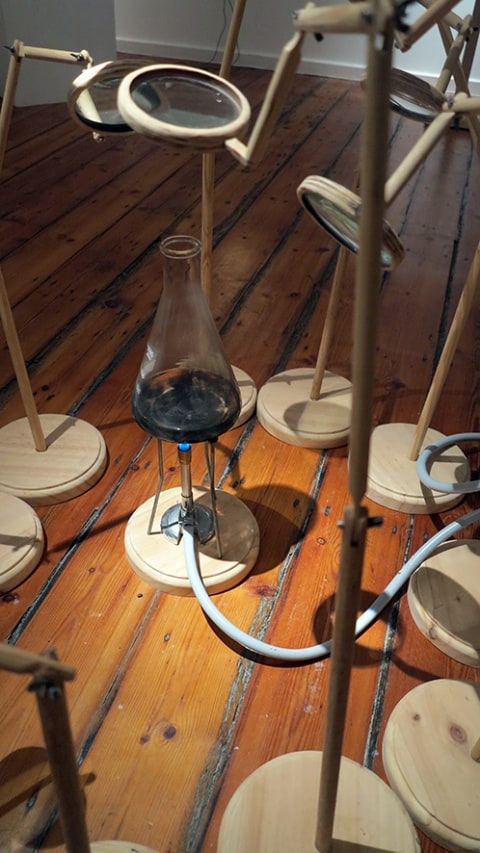In the wake of the record-breaking auction sale of Irma Stern’s 1945 painting “The Arab Priest”, which went under the hammer at Bonhams in London last year for R26,6 million, another of Stern’s Zanzibar paintings, “The Arab” (1939) will be coming up in Strauss & Co’s Johannesburg auction on 11 June at 2pm. The reserve price is estimated at a modest R7 – 9 million. However, it is likely that the painting will fetch a significantly greater sum. In September 2011, Stern’s painting “Two Arabs”, also from 1939, set the record for South African art prices, when it was sold by Strauss & Co. for R21 166 000.
Stern has always performed strongly at auction, and, in part owing to her connection with the German Expressionists, is the only South African historical painter to receive serious attention internationally.
Irma Stern was born in 1894 in Schweizer-Reineke in the former Transvaal. She spent 7 years in Berlin from 1913 to 1920 making the acquaintance of the leading Expressionist painters of Die Brücke group. She was especially drawn to Max Pechstein who had admired her 1916 painting, The Eternal Child, now in the Rupert Art Foundation.
In 1918 she became a founding member of the revolutionary Novembergruppe and in 1919 had her first featured exhibition at Gurlitt Gallery, Berlin’s most prominent art salon. Stern established herself in the male-dominated avant-garde of Berlin.
A clear indication of the high regard in which Stern was held by her European contemporaries is her inclusion in 1927 in the Junge Kunst series of monographs on leading modernist painters such as Van Gogh, Gauguin, Cézanne, Kandinsky, Matisse, Picasso, Pechstein, Schmidt-Rotluff and Grosz. Volumes 49 and 50 were devoted to Picasso and volume 51 to Irma Stern.
By 1939 Irma Stern had garnered international recognition and local notoriety for her remarkable paintings. She had enjoyed the success of several solo shows and exhibited with several of Europe’s leading modernist artists, won the prestigious Prix d’Honneur at the Bordeaux International Exhibition (1927) and traveled widely on the African continent to places such as Dakar and Zanzibar.
Faced with the rise of National Socialism and increasing anti-Semitism, Stern deliberately chose to stay away from Europe after 1933. It is during this period that she developed her own visual language quite distinct from German Expressionism and produced works that many critics have hailed as her strongest.



